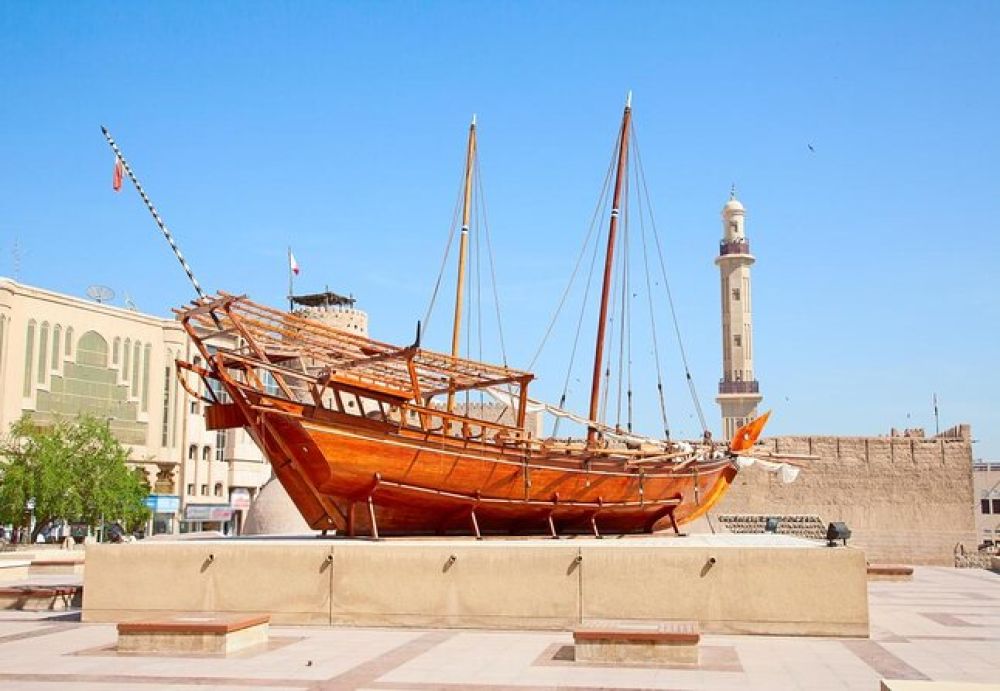

The National Museum of Ras Al Khaimah is located in Ras Al Khaimah, one of the seven emirates that comprise the United Arab Emirates (UAE). Set in a centuries-old fort that was once the residence of the ruling Qasimi family, the museum is a testament to the rich history and cultural heritage of the region.
The museum's building originally served as a fort and was constructed during the 18th century. Over time, it has undergone numerous changes and expansions. In the mid-20th century, it was the home of the ruling family until it was converted into a museum in the late 1980s. Since then, it has housed a collection of archaeological and ethnological artifacts.
The fort's architecture itself is a major attraction, giving visitors a glimpse into the traditional stone, coral, and mud construction methods of the past. The National Museum of Ras Al Khaimah officially opened its doors to the public in 1987, offering insights into the emirate's history, from ancient times to the Islamic era and beyond.
The history of tourism in Ras Al Khaimah is relatively recent compared to other parts of the world. The emirate has traditionally been reliant on industries such as pearl fishing and agriculture. However, with the discovery of oil in the UAE, and the subsequent development that followed, Ras Al Khaimah began to open its doors to tourists.
In the early 2000s, the government of Ras Al Khaimah started to diversify the economy by investing in the tourism sector. They focused on promoting their natural assets such as the Hajar Mountains, beautiful coastlines, and rich historical sites.
Tourism Development Efforts
Efforts to develop tourism have included the construction of luxury hotels, resorts, and tourist attractions such as golf courses, water parks and adventure activities like zip-lining. Furthermore, the government has worked to protect and promote historical sites like the National Museum of Ras Al Khaimah as key elements of their tourism strategy.
In recent years, Ras Al Khaimah has seen a growing trend towards experiential travel and ecotourism. Tourists are increasingly seeking authentic experiences that allow them to absorb the local culture and history.
Sustainable Tourism
The emirate is positioning itself towards sustainable and environmentally responsible tourism, aiming to preserve its natural and cultural heritage. This involves promoting eco-friendly hotels, green initiatives, and responsible travel policies that minimize the environmental impact on the region's pristine landscapes.
Adventure and Activities
Ras Al Khaimah is also gaining popularity as an adventure tourism destination, with its mountainous terrain and expansive deserts providing an ideal backdrop for activities like mountain biking, hiking, desert safaris, and aerial activities including hot air ballooning and the world's longest zip line, Jebel Jais Flight.
Cultural Tourism
Finally, there is a significant emphasis on cultural tourism. The National Museum of Ras Al Khaimah plays a central role in this trend, drawing visitors keen on learning about the rich traditions and history of the UAE and the Arabian Gulf region.
By combining its historical assets with its natural beauty, Ras Al Khaimah continues to evolve as a multifaceted tourism destination that offers a unique blend of adventure, culture, and relaxation.